Freckles and sunburn (ages 11 - 13)
Good Skin Knowledge lesson plan
Time: 45 min
Objective
Provide basic explanation about why people get freckles and sunburns
State that our skin gets freckles and/or a suntan to protect our skin from the sun’s UV (ultraviolet) rays
Materials
Bingo Questions handout (for facilitator only)
Pencils
Stickers
Assessment
During Introduction of New Material, Facilitator will ask students reinforcement and review questions to check for understanding.
During Guided Practice, Facilitator will walk-around and check to see if students are answering questions and check the boards of the students who get “Bingo.”
During Closing, Facilitator will check for comprehension of material by asking class to summarize information learned in class.
Opening
3 minutes
Facilitator says, “We have already gone over what gives skin color in another lesson. Do any students remember what gives skin its color?”
If students are unresponsive or don’t know, Facilitator can give hints such as, “It begins with ‘m,’” or “another word for it is pigment.”
If students still do not know, Facilitator can tell them, “Melanin is what gives skin color.”
Facilitator explains that the more melanin a person has, the darker his or her skin, and the amount of melanin a person has is determined by their parents’ genetics.
Today they are going to learn about freckles and sunburns. Facilitator asks, “Has anyone gotten freckles or a sunburn after being in the sun for awhile—how about a tan? Well, today we are going to learn the reason behind that.”
Introduction to new material
15 minutes
Facilitator explains that our skin acts like an army ready to protect us. One of its biggest threats? The sun. Facilitator asks if any students can explain why the sun can be dangerous. If students are unresponsive, Facilitator can prompt them by saying they just talked about it a few minutes beforehand; and/or asking them what happens when they sit in the sun too long without any sunscreen.
Facilitator then explains, “This reaction is actually our body’s way of protecting our skin against the sun’s UV (or ultraviolet) rays.”
Our skin starts making more melanin, the thing that gives our skin color, to help protect the deeper layers of our skin from getting damaged from the sun’s UV rays—like a shield or an army protecting a castle.
So when your skin senses that it is starting to get damaged, it makes more melanin; either in small patches which forms freckles, or all-over darkening your skin’s color (suntan) to protect you from the sun’s rays. Facilitator asks review question to reinforce material: “Why does our skin make more melanin?”
The problem is, by the time you start seeing the freckles or tan, your skin is already damaged. Our bodies cannot make enough melanin to completely protect you, so eventually your skin burns. It’s like if you had an army protecting a castle. Well, if you run out of soldiers and the enemy has even more soldiers that are stronger; the castle will eventually get attacked. That’s why we use sunscreen to act as another shield from the sun’s rays—like adding more soldiers.
Facilitator checks for questions and clarifications.
Facilitator asks review question: “So what happens when our skin makes all the melanin it can?” (Skin burns.)
Guided practice
10-15 minutes Materials:
Bingo Questions handout (for facilitator only)
Pencils
Stickers
Facilitator explains that they will be playing Bingo.
Each student will receive a Sun Bingo worksheet.
There are nine spaces—one of those spaces is a free space.
The students will have a minute to put the words in the spaces of the Bingo board, wherever they want.
Facilitator will ask the question. The answer to that question will be one of the words on the board.
Without saying what the answer is, you will mark what you think the correct answer is. The free space is automatically a marked space.
If you get three in a row, you have to raise your hand and say, “Bingo!”
Whoever gets three in a row up and down, across, or diagonally (Facilitator should hold up a sheet and point to show what s/he means by this) wins. But he/she will have to show the board to the Facilitator to check that the answers they have were actually the answers to some of the questions that were asked.
Facilitator hands out Sun Bingo worksheet to students and gives them a minute or so to fill out the sheet with the words.
Facilitator uses Bingo Questions handout to ask the students questions.
Facilitator gives students who get Bingo stickers.
Closing
5-10 minutes
Facilitator asks if anyone in the class, or if the class together, can explain why we get freckles, sunburns and/or suntans from the sun. What happens? Facilitator can help guide students.
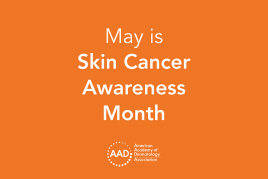 Think sun protection during Skin Cancer Awareness Month
Think sun protection during Skin Cancer Awareness Month
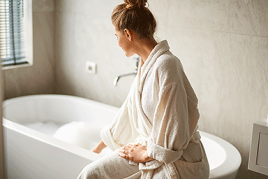 How to care for your skin if you have lupus
How to care for your skin if you have lupus
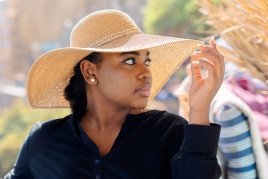 Practice Safe Sun
Practice Safe Sun
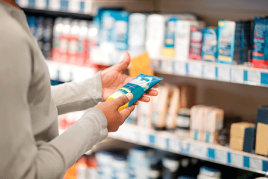 Sunscreen FAQs
Sunscreen FAQs
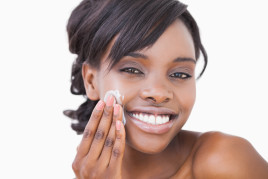 Fade dark spots
Fade dark spots
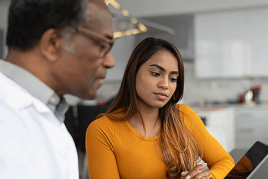 Hidradenitis suppurativa
Hidradenitis suppurativa
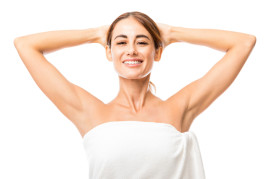 Laser hair removal
Laser hair removal
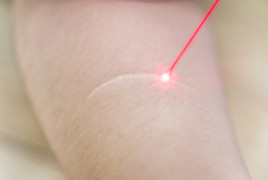 Scar treatment
Scar treatment
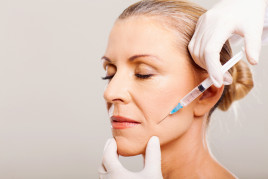 Botox
Botox
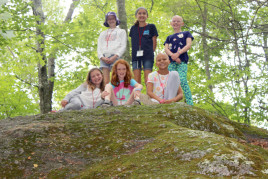 Kids' camp - Camp Discovery
Kids' camp - Camp Discovery
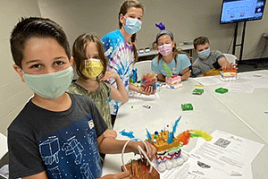 Dermatologist-approved lesson plans, activities you can use
Dermatologist-approved lesson plans, activities you can use
 Find a Dermatologist
Find a Dermatologist
 Why choose a board-certified dermatologist?
Why choose a board-certified dermatologist?